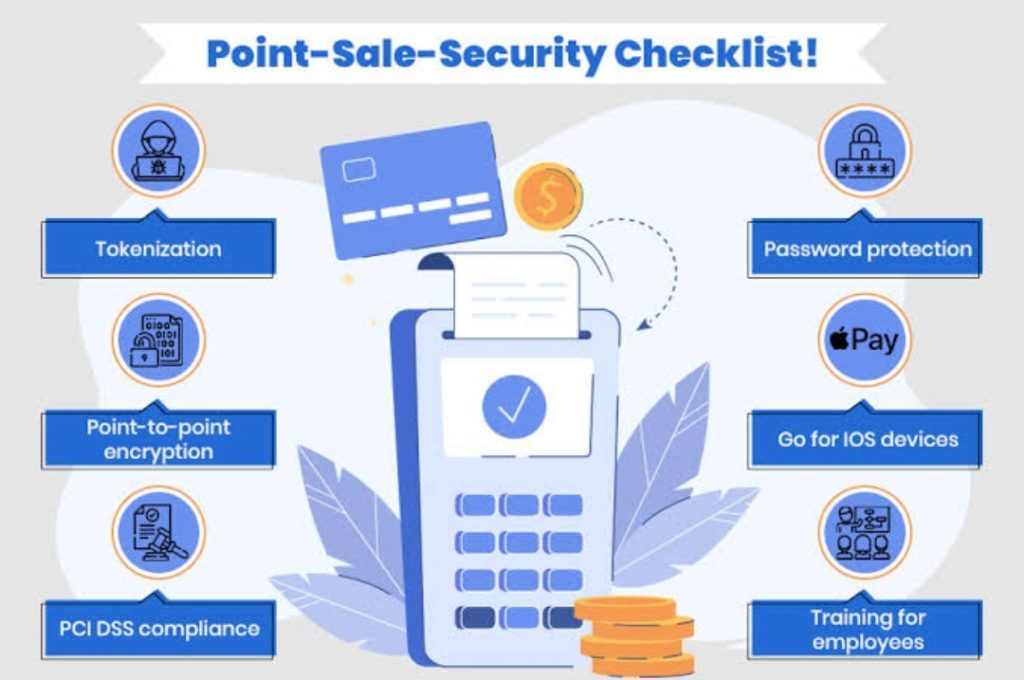The Comprehensive Checklist for POS4D Users serves as an indispensable tool for businesses seeking to maximize the efficiency and effectiveness of their point-of-sale systems.
This meticulously curated guide provides a step-by-step framework to ensure that users can seamlessly navigate the intricate features of the POS4D platform, from initial setup to advanced reporting functions.
The checklist is designed to optimize operational workflow and enhance the user experience by covering essential areas such as inventory management, transaction processing, and customer relationship enhancements.
Whether you are new to POS4D or looking to refine your existing processes, this checklist will act as a critical resource for achieving a well-integrated and highly functional retail environment.
Initial Setup Essentials
Ensure that your POS4D system is connected to a stable power source and an active internet connection before initiating the setup process. This foundational step is crucial to prevent disruptions that could arise from power fluctuations or connectivity issues during the configuration phase.
System compatibility is paramount; verify that the POS4D software is congruent with the operating system and any ancillary applications that are essential for its operation.
As for hardware requirements, ascertain that the devices you intend to employ meet the minimum specifications stipulated by the POS4D system. This includes adequate processing power, memory capacity, and input/output interface support.
Methodically scrutinizing these prerequisites will facilitate a seamless and efficient installation, thereby optimizing the POS4D system’s performance from the outset.
Inventory Management Optimization
A robust inventory management system is integral to the functionality of the POS4D platform, enabling precise tracking and control of stock levels. Within this framework, setting appropriate stock thresholds is critical for maintaining inventory equilibrium. These thresholds act as a trigger for reordering processes, thereby ensuring optimal stock availability and preventing both overstocking and stockouts.
The analytical capabilities of POS4D facilitate a methodical evaluation of inventory turnover rates, leading to data-driven decisions. Moreover, supplier integration streamlines the replenishment cycle by automating order placements when predefined inventory minimums are reached. This strategic coordination with suppliers not only optimizes inventory levels but also enhances operational efficiency.
Transitioning from inventory control to sales, the next section will focus on seamless transaction processing.
Seamless Transaction Processing
Incorporating seamless transaction processing, POS4D offers users an efficient and error-free checkout experience. Central to this capability is robust payment integration, where the platform supports a multitude of payment methods, ensuring flexibility and convenience for both merchants and customers.
The system is methodically designed to handle transactions with precision, reducing the probability of errors that can disrupt the checkout flow.
Furthermore, hardware compatibility is a critical aspect of POS4D’s transaction processing prowess. POS4D integrates seamlessly with various hardware components, such as barcode scanners and receipt printers, facilitating a harmonious and uninterrupted transactional environment.
The analytical approach to POS4D’s design ensures that transaction processing is not only smooth but also consistently reliable, reinforcing the system’s value proposition to its user base.
Customer Relationship Features
Building on its transactional efficiency, POS4D also offers a suite of customer relationship management tools designed to foster loyalty and repeat business. Central to this module is the integration of loyalty programs, which reward customers for their recurring engagement, thereby enhancing customer retention rates. These programs are both configurable and scalable, allowing for a range of reward mechanisms tailored to diverse business models.
Additionally, POS4D’s robust feedback collection system is an instrumental component, providing critical data points for analytical review. This functionality enables businesses to systematically gather customer insights, facilitating iterative service improvements. Methodically, the system’s design ensures that feedback is not only collected but also categorized and actionable, leading to informed decision-making and strategic relationship enhancements.
Advanced Reporting Capabilities
Our POS4D system elevates business intelligence with its advanced reporting capabilities, enabling precise data analysis and strategic decision-making. The system’s robust framework facilitates a meticulous examination of Performance Metrics across various aspects of the retail operation. Users can leverage these features for an in-depth understanding of business trends and to forge data-driven strategies.
Key aspects of the advanced reporting capabilities include:
- Comprehensive Data Visualization tools for intuitive analysis.
- Real-time tracking of Performance Metrics to monitor business health.
- Custom report generation for targeted insights.
- Automated reporting schedules to maintain consistent oversight.
POS4D uses a methodical approach to transform every data point into actionable intelligence, optimizing operational efficiency and boosting profitability.
Conclusion
In conclusion, the POS4D system stands as a lighthouse amidst the turbulent seas of retail management, guiding merchants to the shores of efficiency and profitability.
Businesses can meticulously follow the comprehensive checklist to equip their operations for managing inventory, transactions, and customer relations, while gaining insights from advanced reporting functions.
Such adherence transforms data into a beacon of strategic illumination, steering enterprises towards success in the competitive marketplace.
You may also like
-
Automatic Fruit Wine Bottling Line for Small Wineries: A Complete Guide
-
How Does Plywood HSN Code Decide the GST Rate for Traders and Manufacturers?
-
POS Terminal Type: Which Is Best for Your Business?
-
How to Choose Fixed and Portable Gas Monitors for Industrial Gas Detection?
-
Simplifying Trademark Registration in Hong Kong: What Businesses Need to Know

